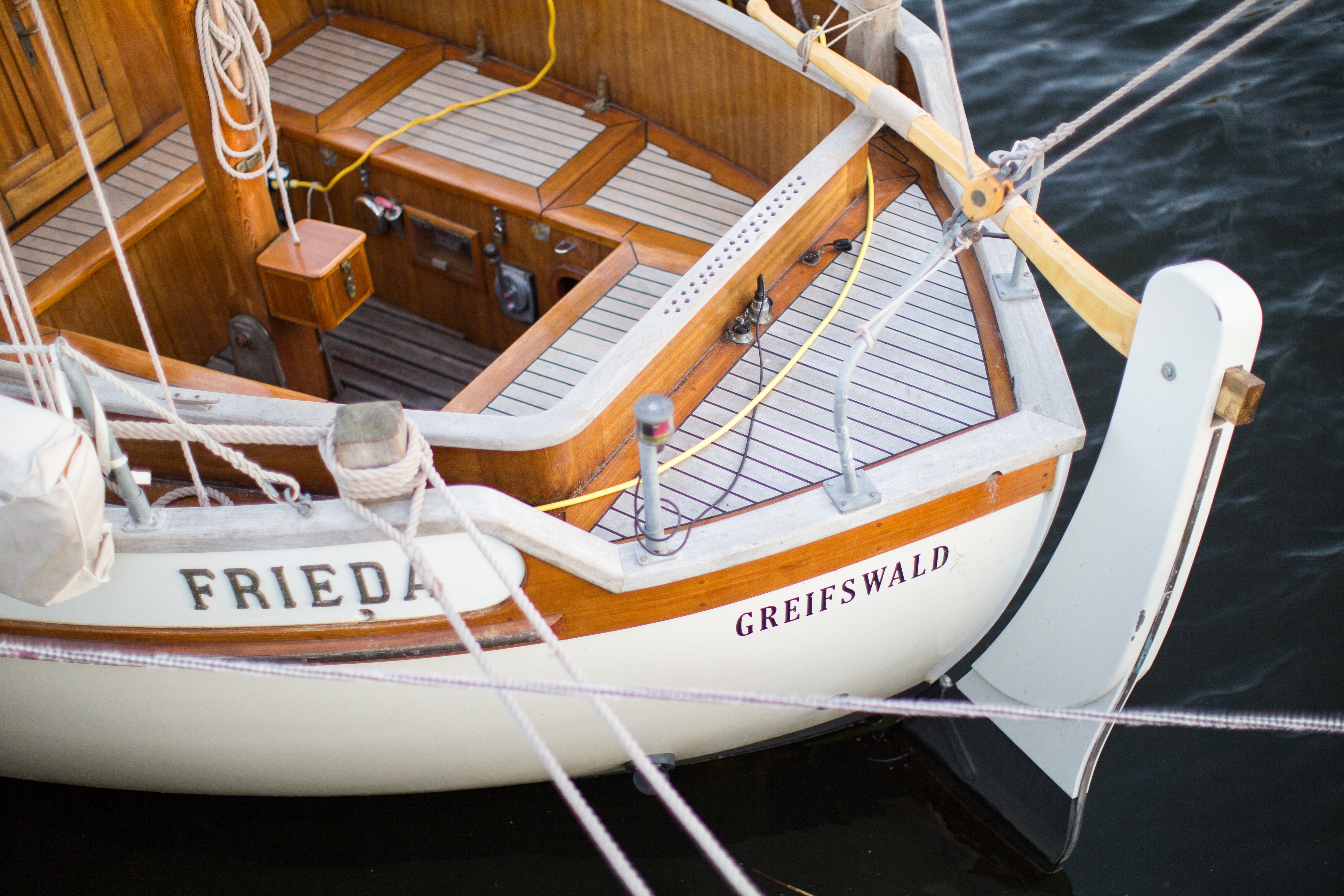Fiberglass being a popular material for boats of the recreational variety, due to its malleable nature during application and that it’s tougher than steel once it’s hardened, so it only makes sense that the process for how a boat is made would be of any interest to a boat owner. It offers a deeper insight into how a prized possession actually works.
The Mold, Frame, and Casting
The beginning of making a boat and a period of time that demands a great level of attention to detail.
- Before any fiberglass is laid out to play with, the builders/artisans cut wood, sand it, shape it and piece it together. This process is rather painstaking. Even though the pieces are cut with a computerized saw it usually takes actual manpower to construct the frame, hence the painstaking amount of time.
- They build up the shape of the boat out of fiberglass. The shape of the mold has to be perfect otherwise, the end product would a boat with imperfections, so the artisans coat it over and over with a special paint that would survive years – usually 8 years – of castings.
- Casting the boat begins. Through the use of advanced and high-powered equipment, they are able to create a perfect ratio between the amount of fiberglass and plastic resin used in the casting process. The fiberglass/plastic resin casting agent is spread evenly throughout the mold. In every little crevice and square inch to ensure that there are no structural faults. The fiberglass hardens after time, so efficiency is key.
- The roving is applied. The roving is used to reinforce the fiberglass so that it is more rigid and holds shape. Wood, which is later coated in fiberglass, is installed in areas where necessary equipment for the boat will later be mounted on.
- After an hour, usually, the casting is removed from the mold. Holes are cut out for the mechanics to install equipment such as the helm.
Assembly
When the boat truly takes shape.
- The deck is installed.
- The motor and electrical wiring are installed through the holes made previously.
- Then the shell of the boat – if you happen to have a rather big boat and or yacht – and the liner are attached.
- Furnishings are then put in for comfort and aesthetics; seating, dashboard, and/or coolers.
Quality Control
When the quality of the boat and the work put into the boat is tested.
- Water tightness is the main concern. If a boat is leaky then it’s a poor excuse for a boat and is of no use to anyone.
Finale
The boat is prepped and shipped out. All the hard work is laid to rest as the artisans can wave their project goodbye knowing that they did their best as craftsmen and that their work can produce enjoyment for others.

